Estimation Magic with Greg Tang
Greg Tang is a wonderful children’s book author who emphasizes number sense strategies for children. His books are colorful, poetic and encourage children to think through figuring out how many by using clever grouping strategies. Tang provides children with clues through poetry on how to group numbers. Children learn through these strategies that it is quicker to count by making groups than counting by ones with a larger group of objects.
Activity: Estimation Magic
This activity is best suited for children ranging in ages from five through eight.
Materials:
- Math for All Seasons by Greg Tang
- Or the e-book version of this book available on the gregtangmath.com website
- Pencils
- Printable: Estimation Magic
- Share the cover and title of Greg Tang’s book Math for All Seasons. Discuss how Greg Tang wants children to learn how to count quickly by making groups of numbers instead of counting by ones.
- Explain that you will be sharing a picture with a poem for about ten seconds, will then close the book and ask for estimations of how many.
- Share with children how the poem provides clues to how Greg Tang would group the objects to count quicker.
- Take children through the first picture together as a group. Discuss estimations, clues provided in the poem and the actual number of objects.
- The routine for reading the book could progress like this: read aloud the poem while sharing the picture, children listen and try to figure out how many, close the page, ask for estimations, then figure out the actual answer together using the strategies suggested in the poem.
- Using clipboards, pencils and the Estimation Magic printable children record estimations, actual answers and explain how they grouped the objects.
- While reading, continually discuss strategies for children to practice. Later, this activity makes for a fun buddy reading activity where children can quiz one another.
Extension Ideas:
- Take photographs of everyday objects, placing them in groups, and use these pictures to have children estimate with.
- Have children create pictures for others to estimate with. This provides children with a chance think about grouping that make sense for quick counting. Children might create groups of twos and threes to make groups of five for example.
- The Grapes of Math by Greg Tang
- The Best of Times by Greg Tang
- Math for all Seasons by Greg Tang
- MATH-terpieces by Greg Tang
- Math Fables by Greg Tang
- Math Potatoes by Greg Tang
- Math Fables Too by Greg Tang
- Math Appeal by Greg Tang
Greg Tang’s website is full of interactive math games, resources for teachers and interactive e-books of his original paperback books.
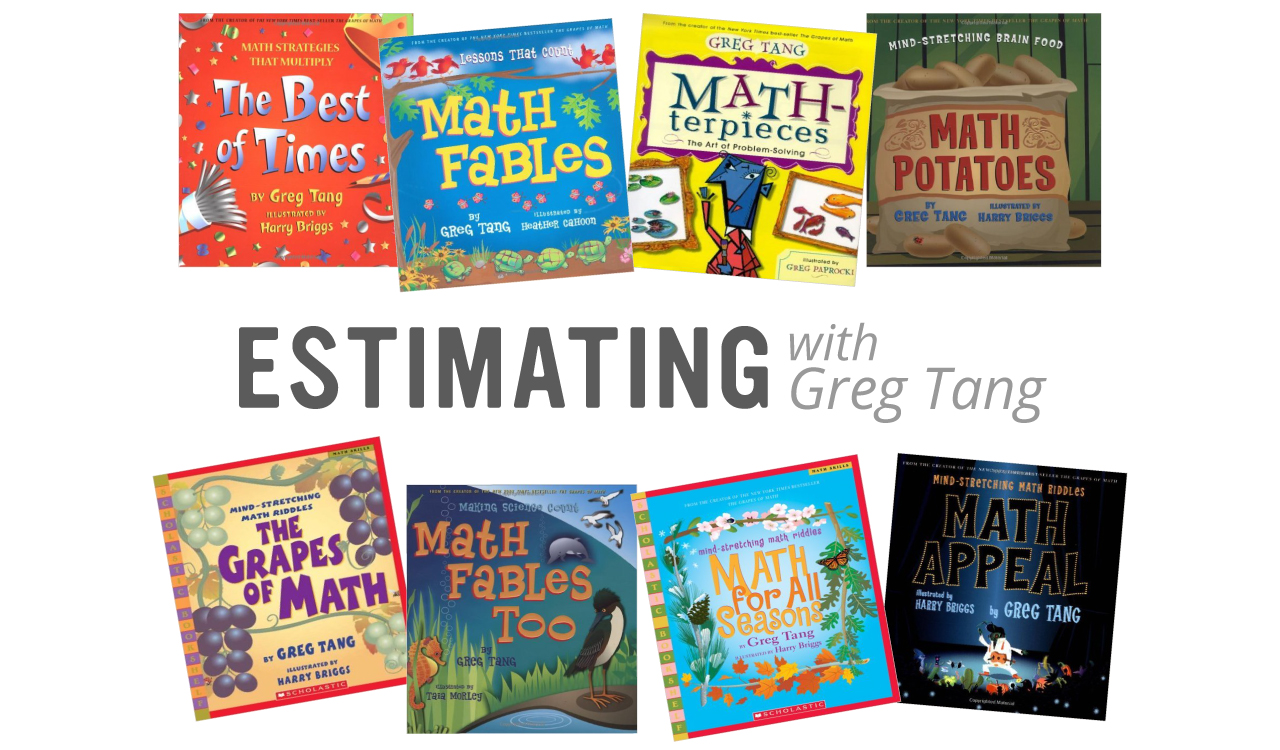
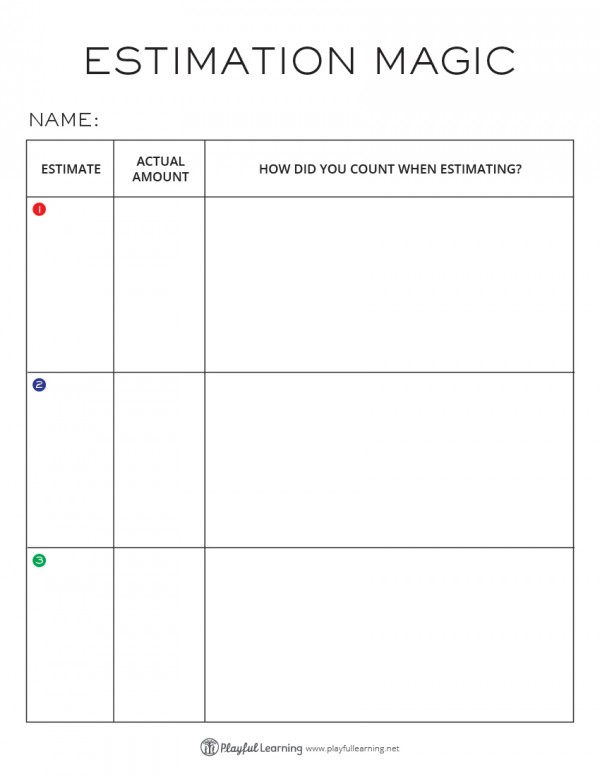

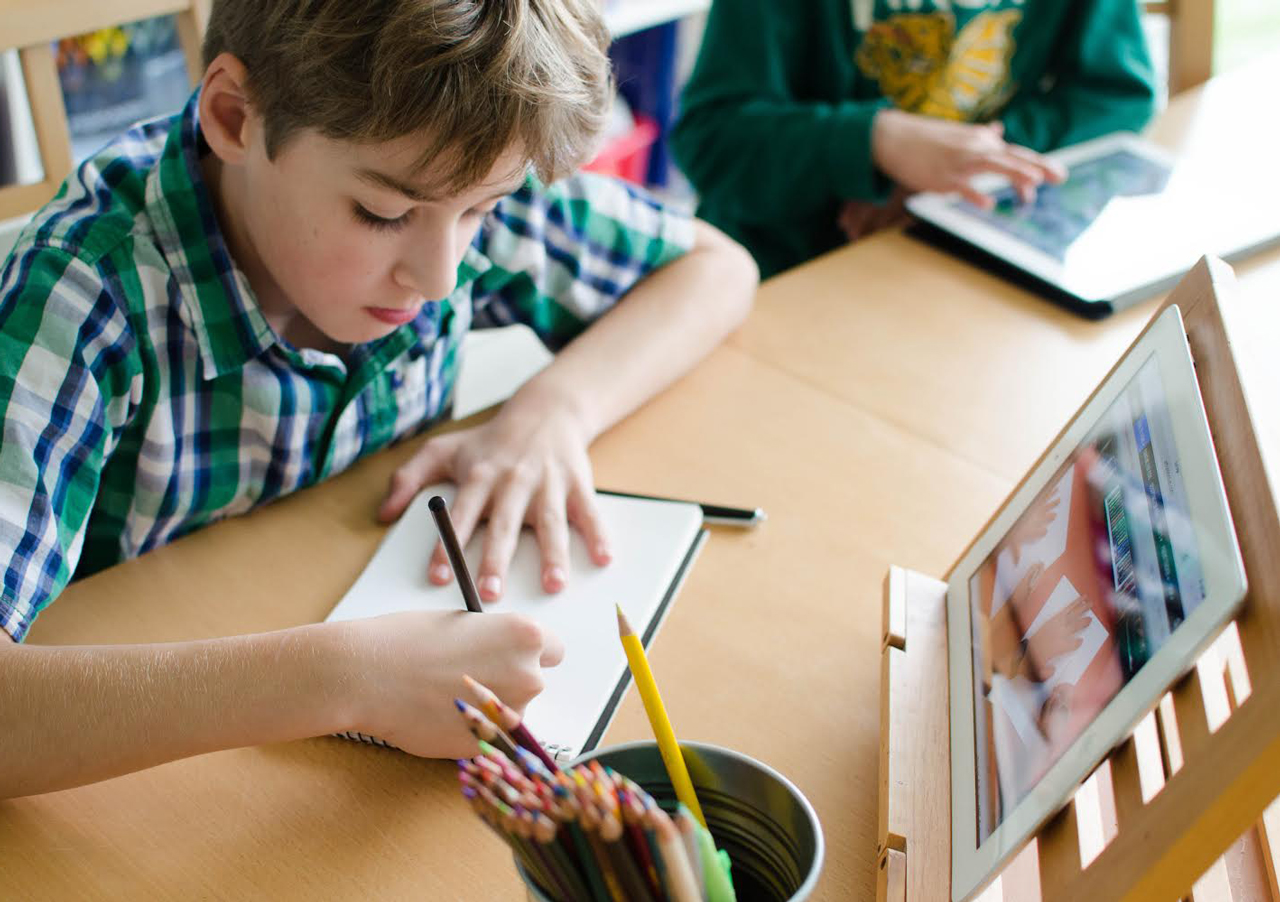
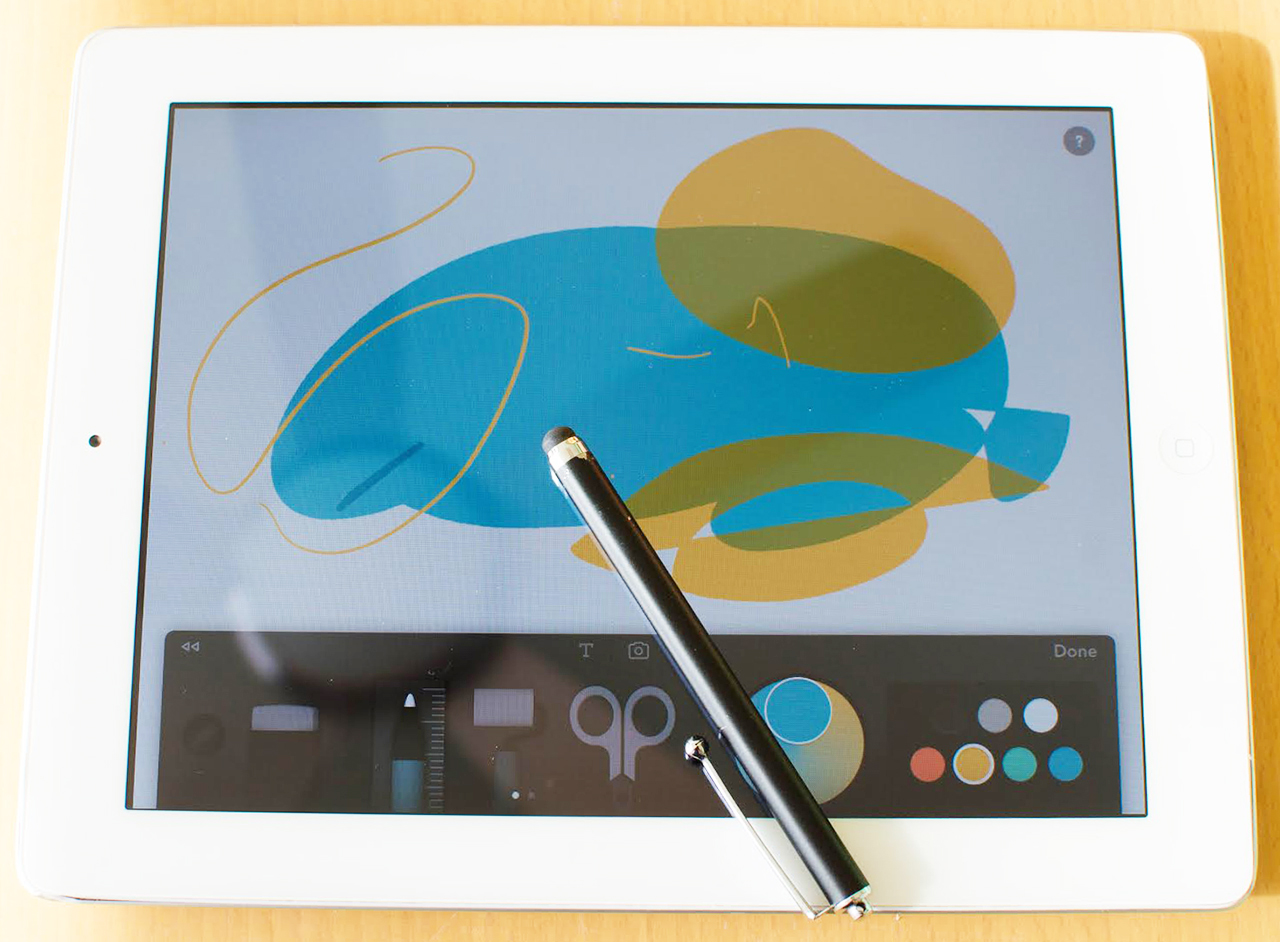
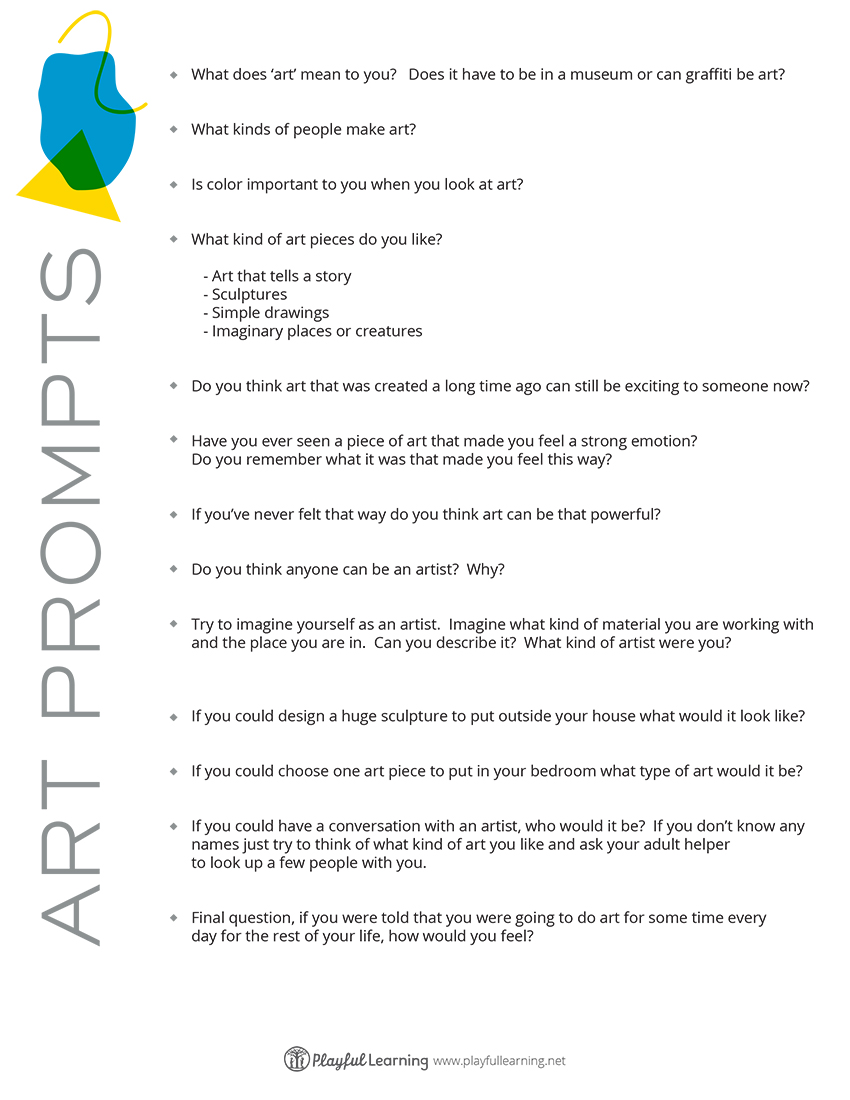
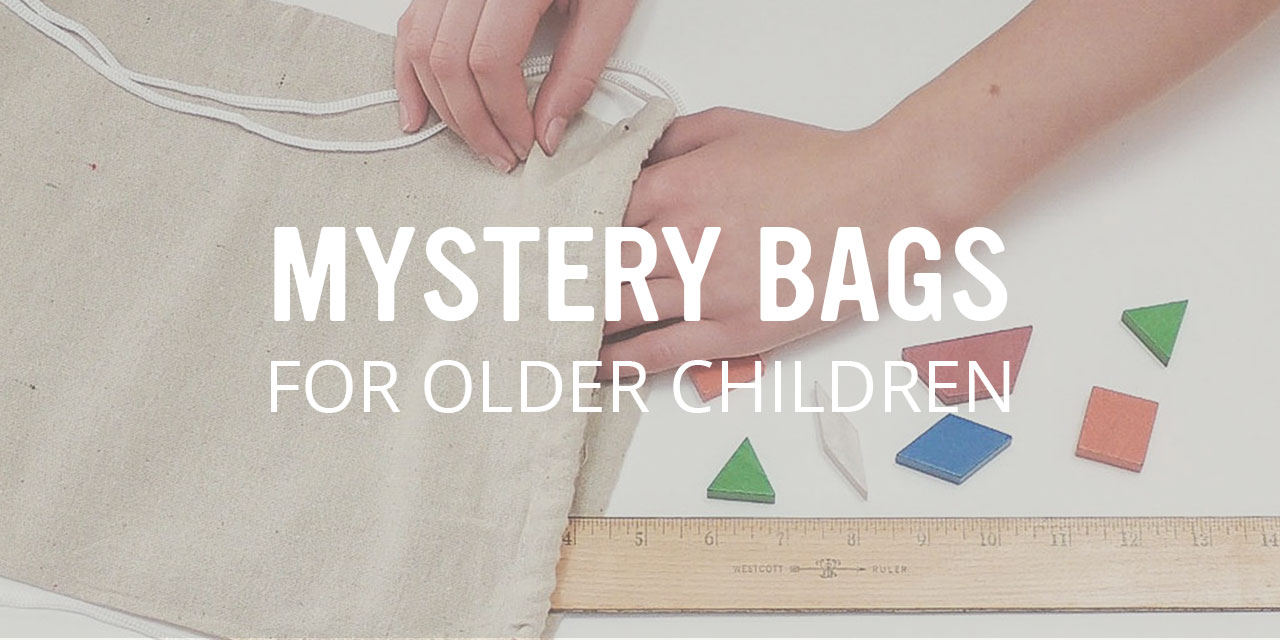


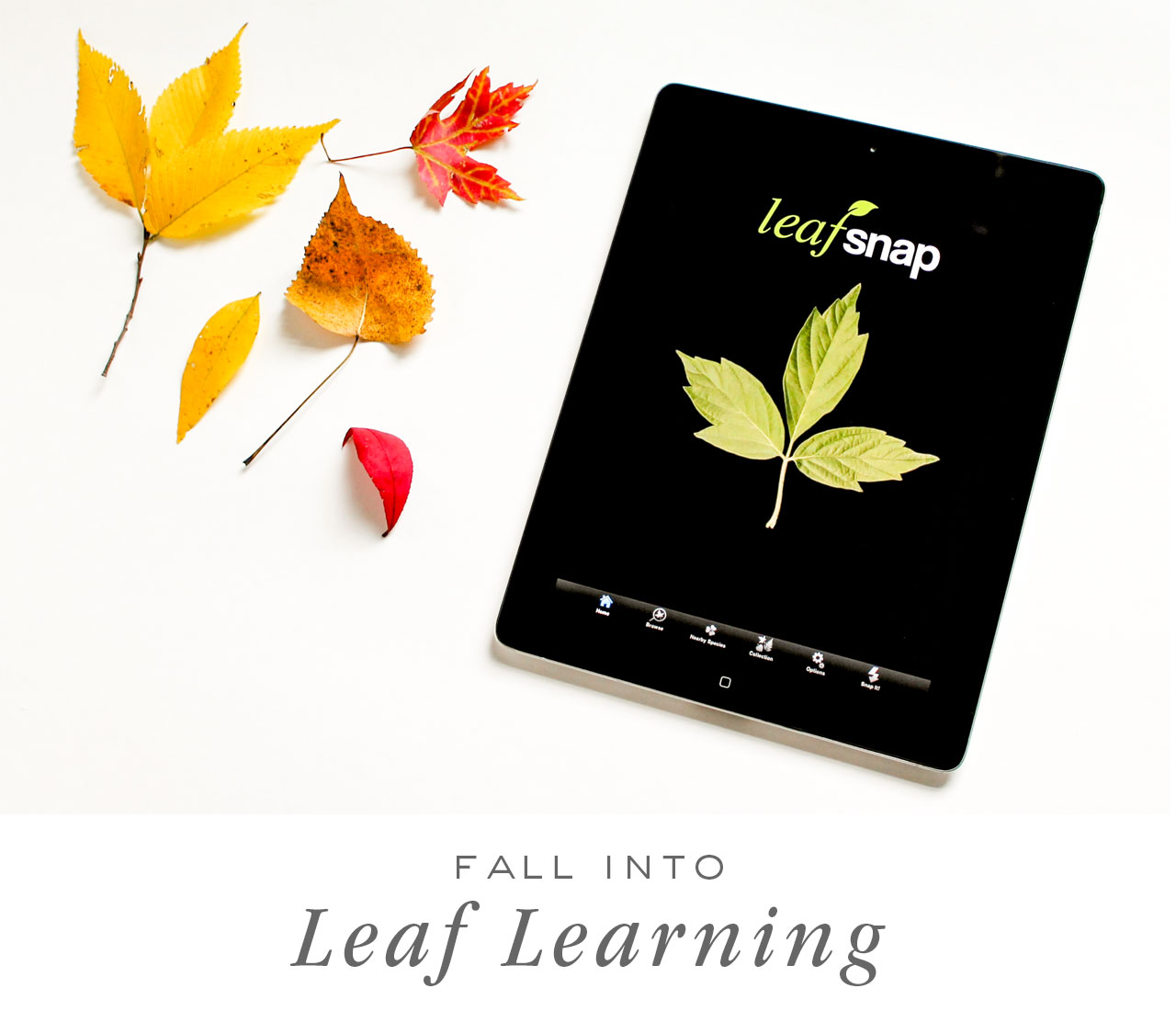
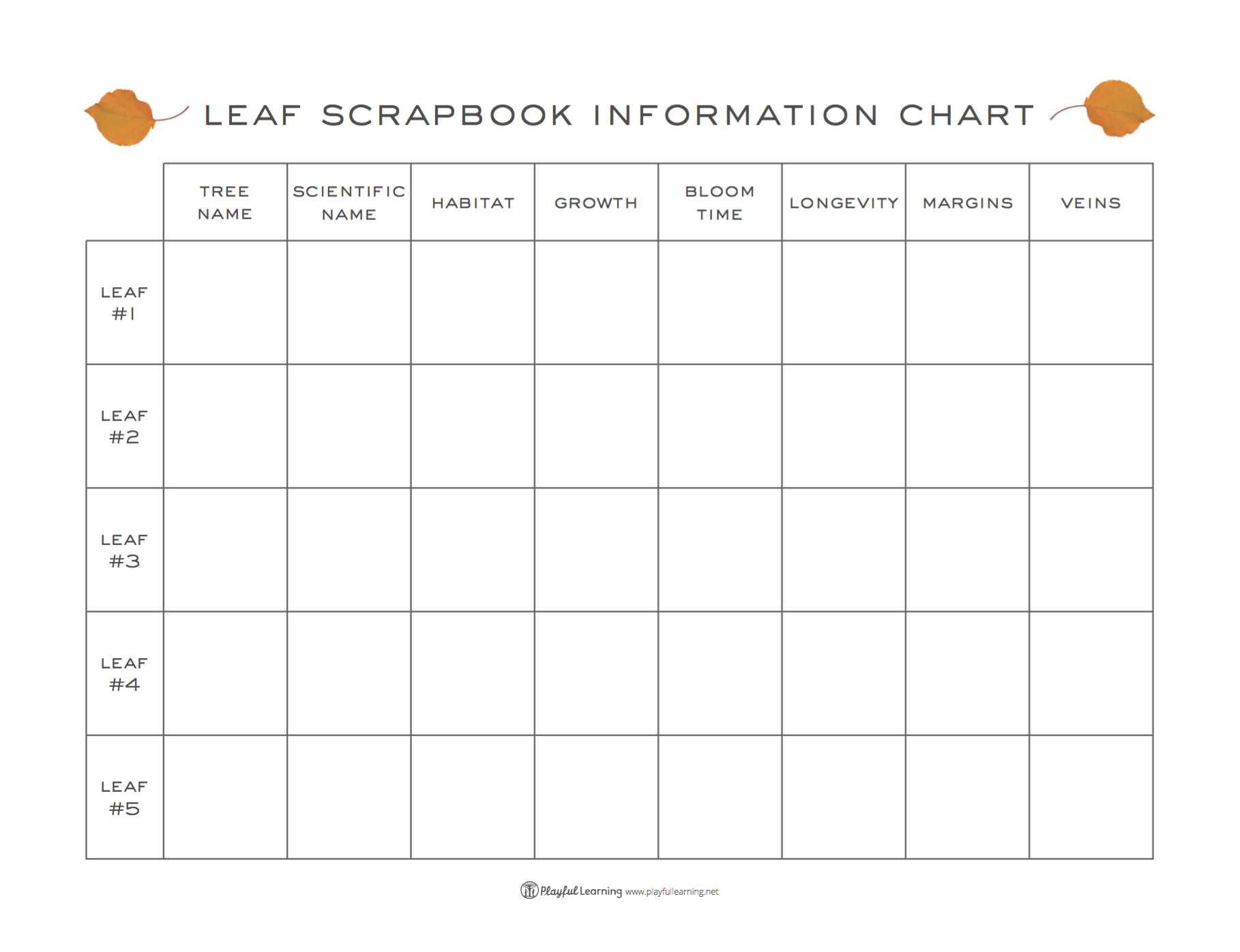
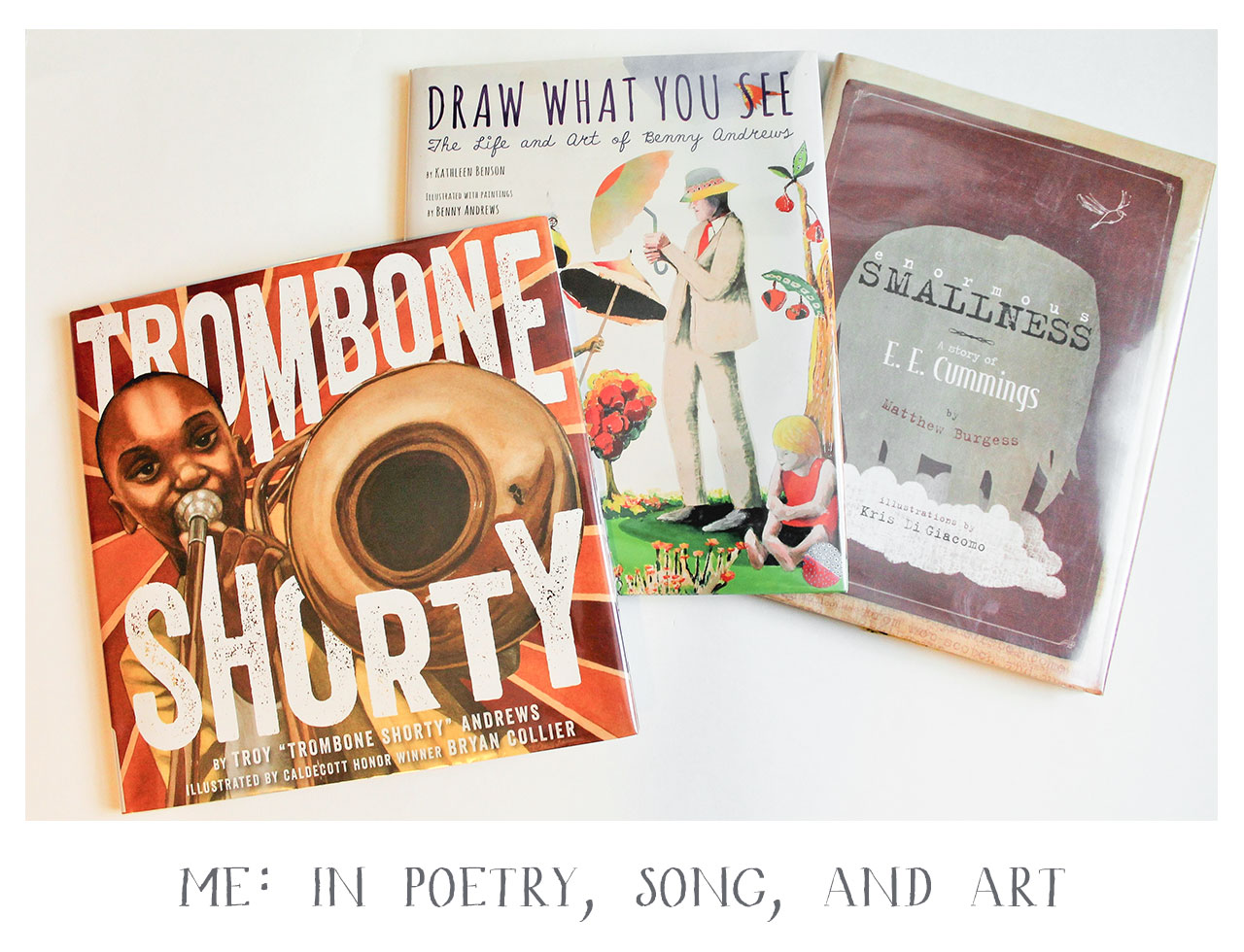
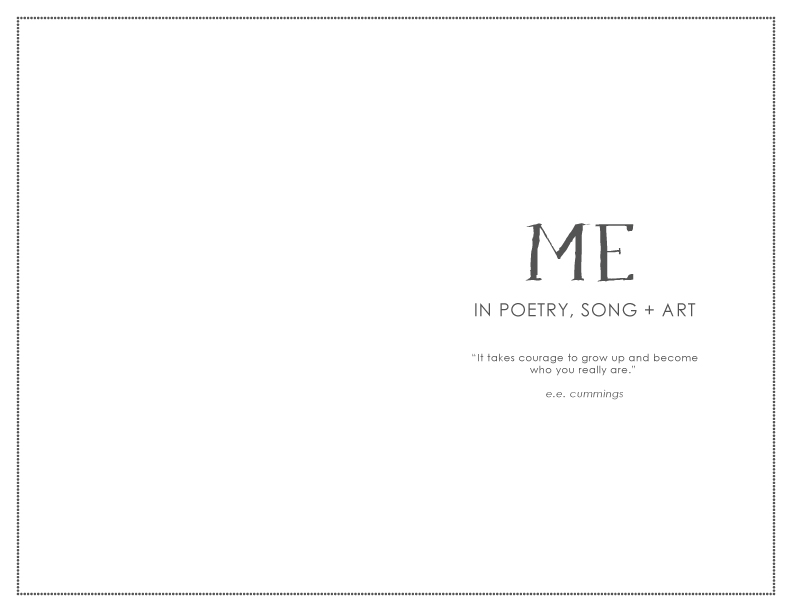

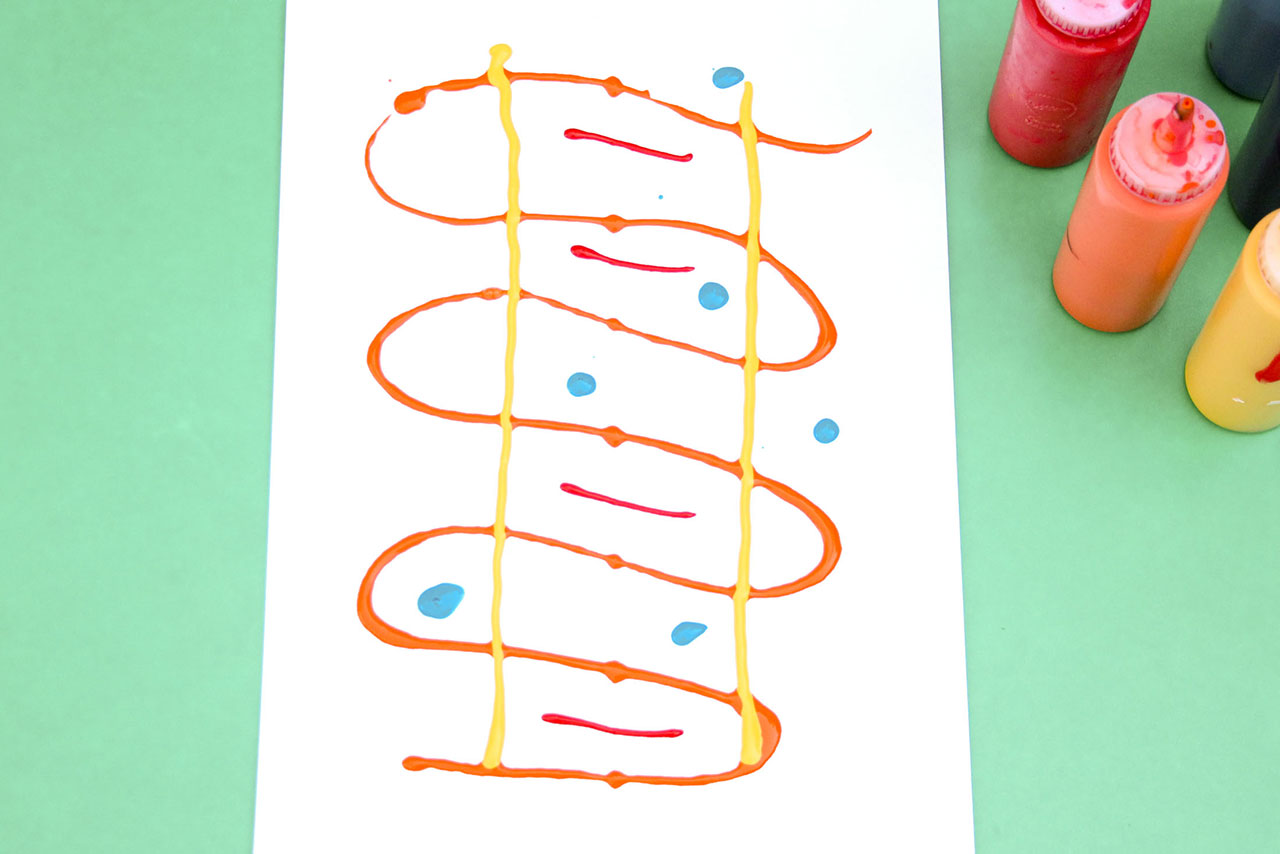
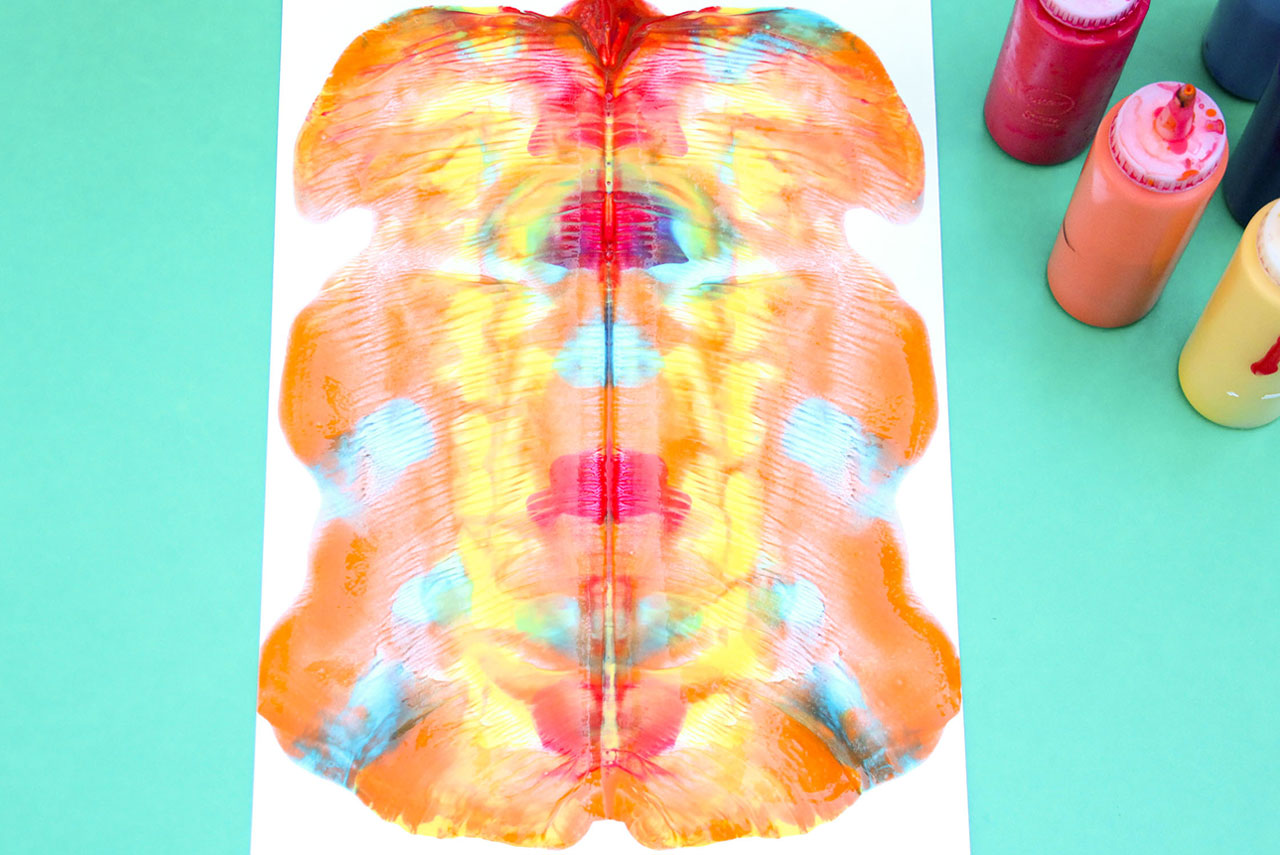
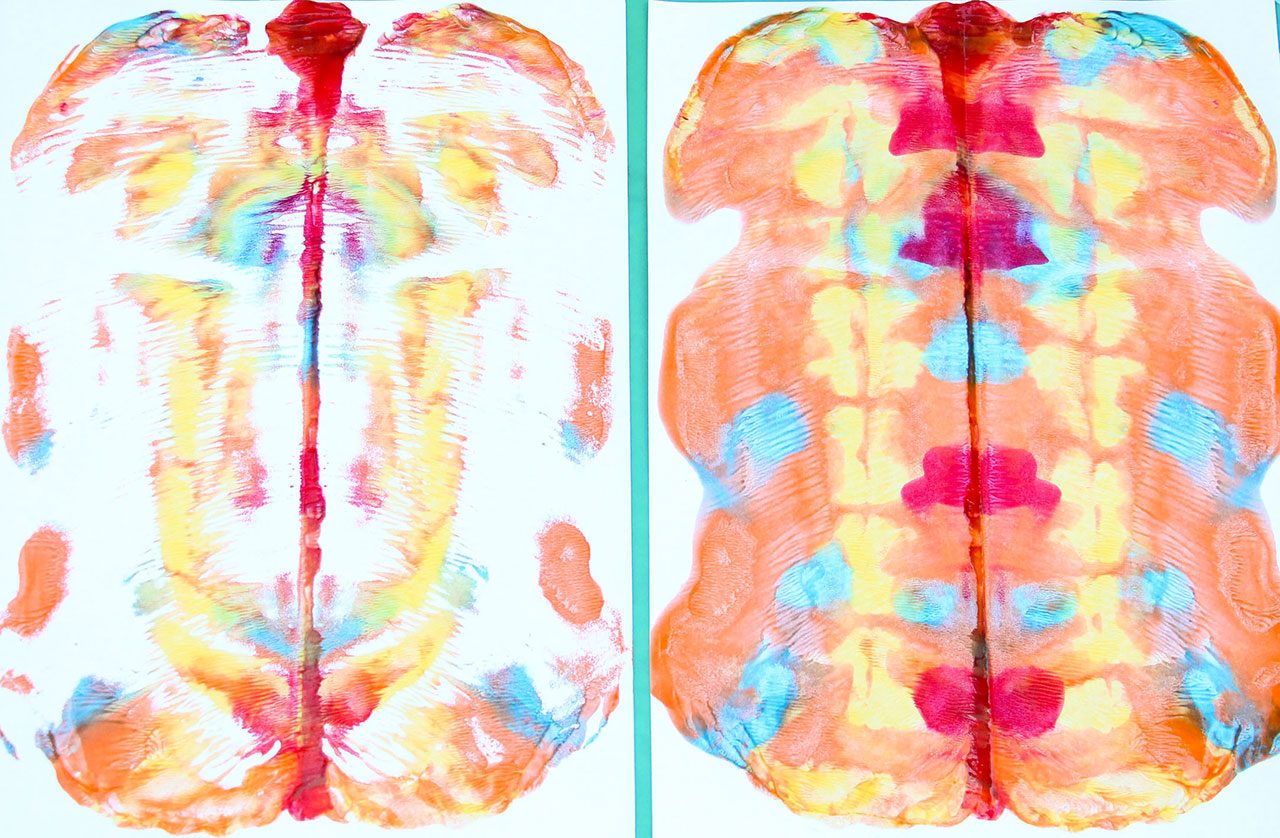

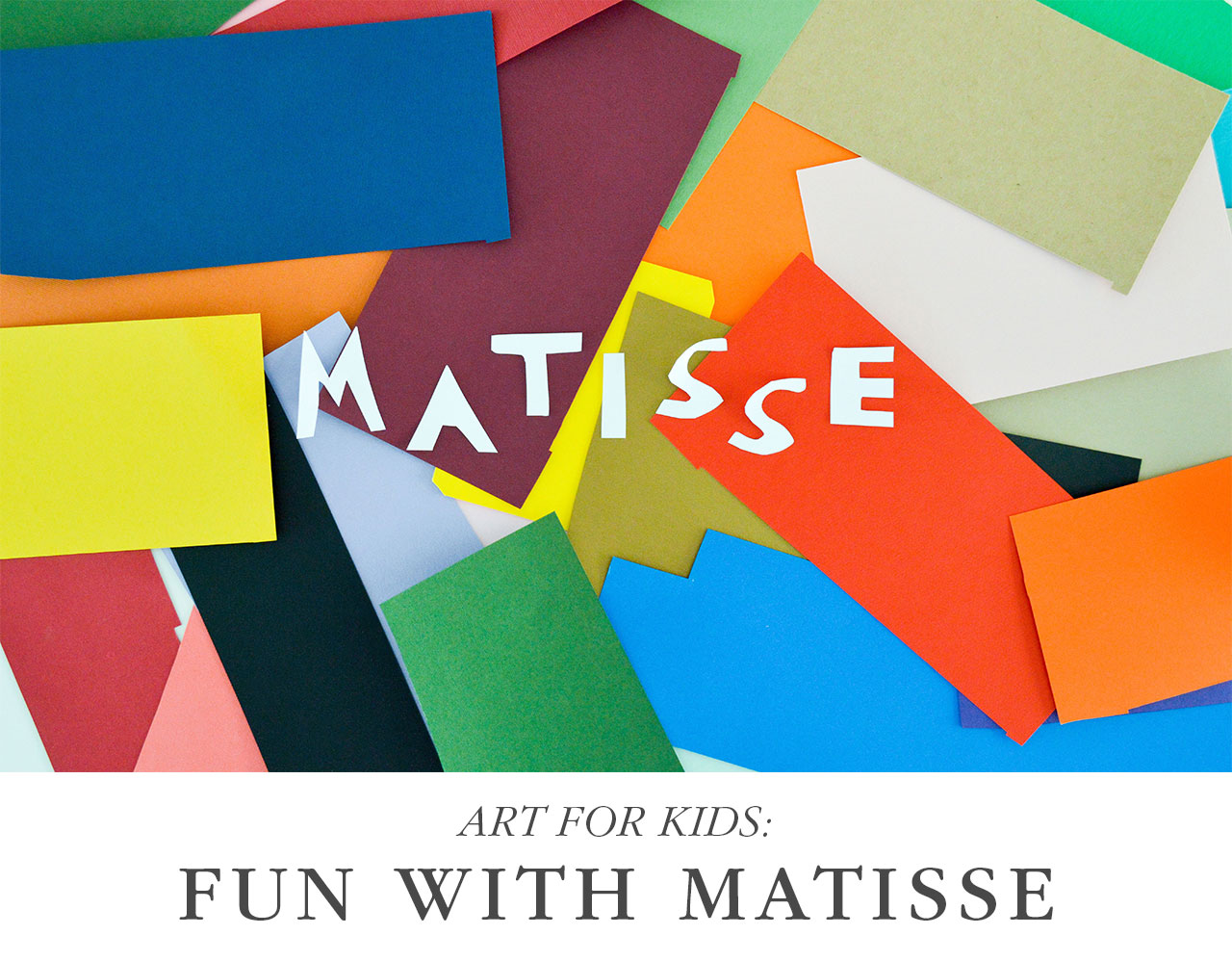

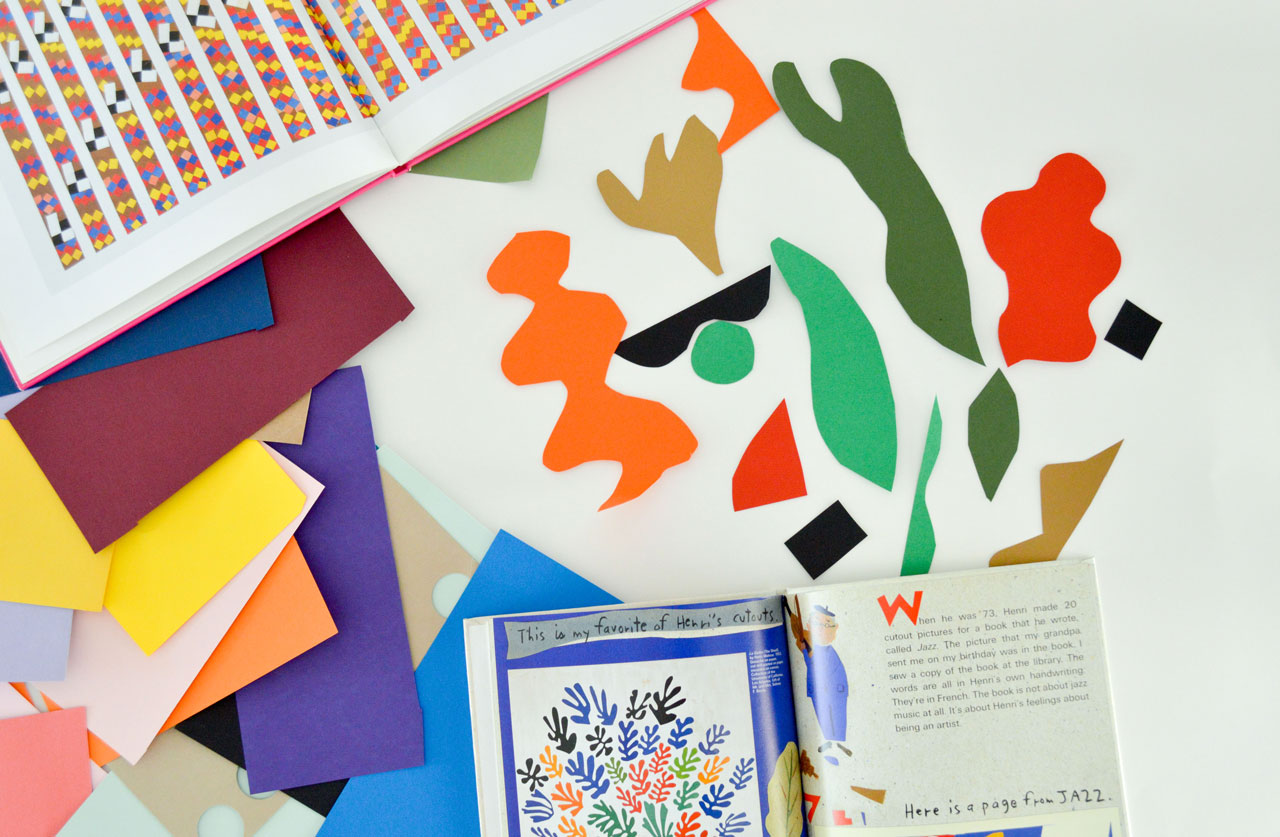
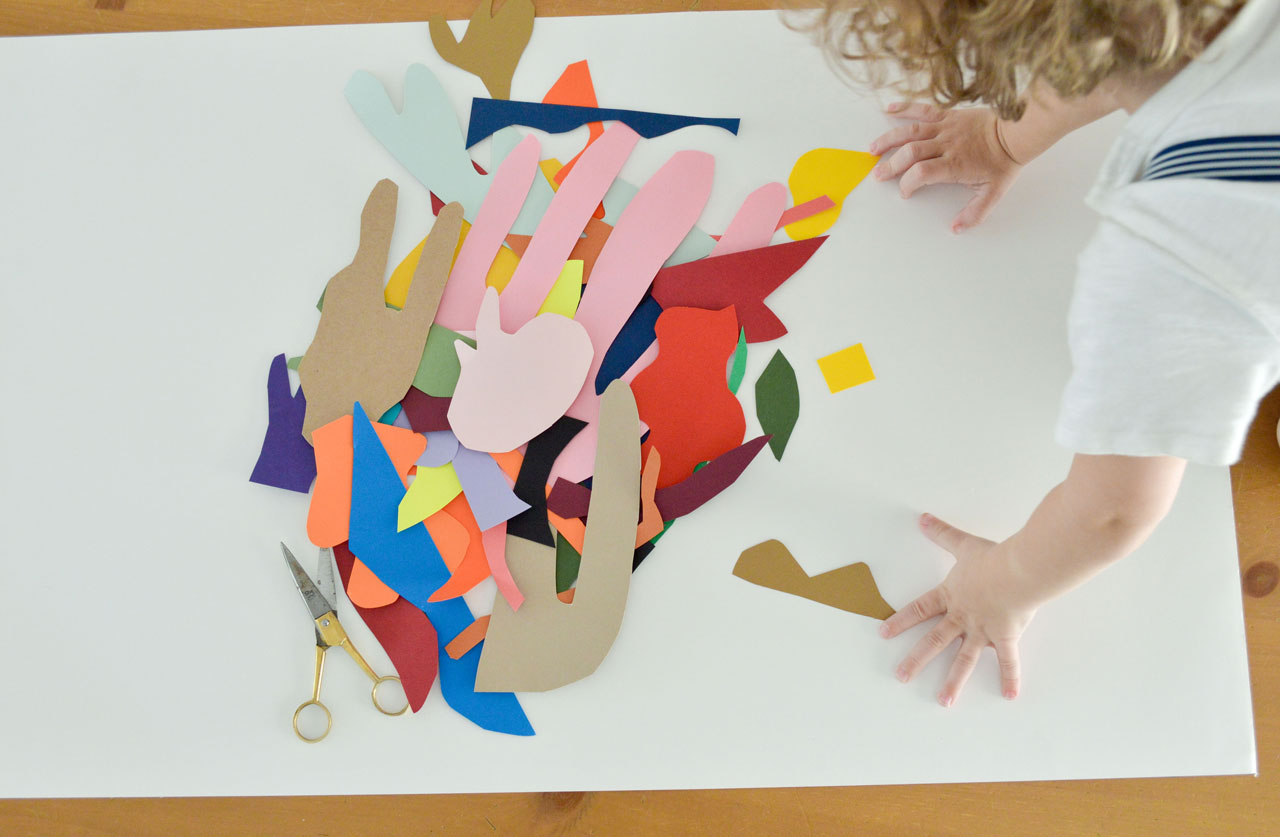
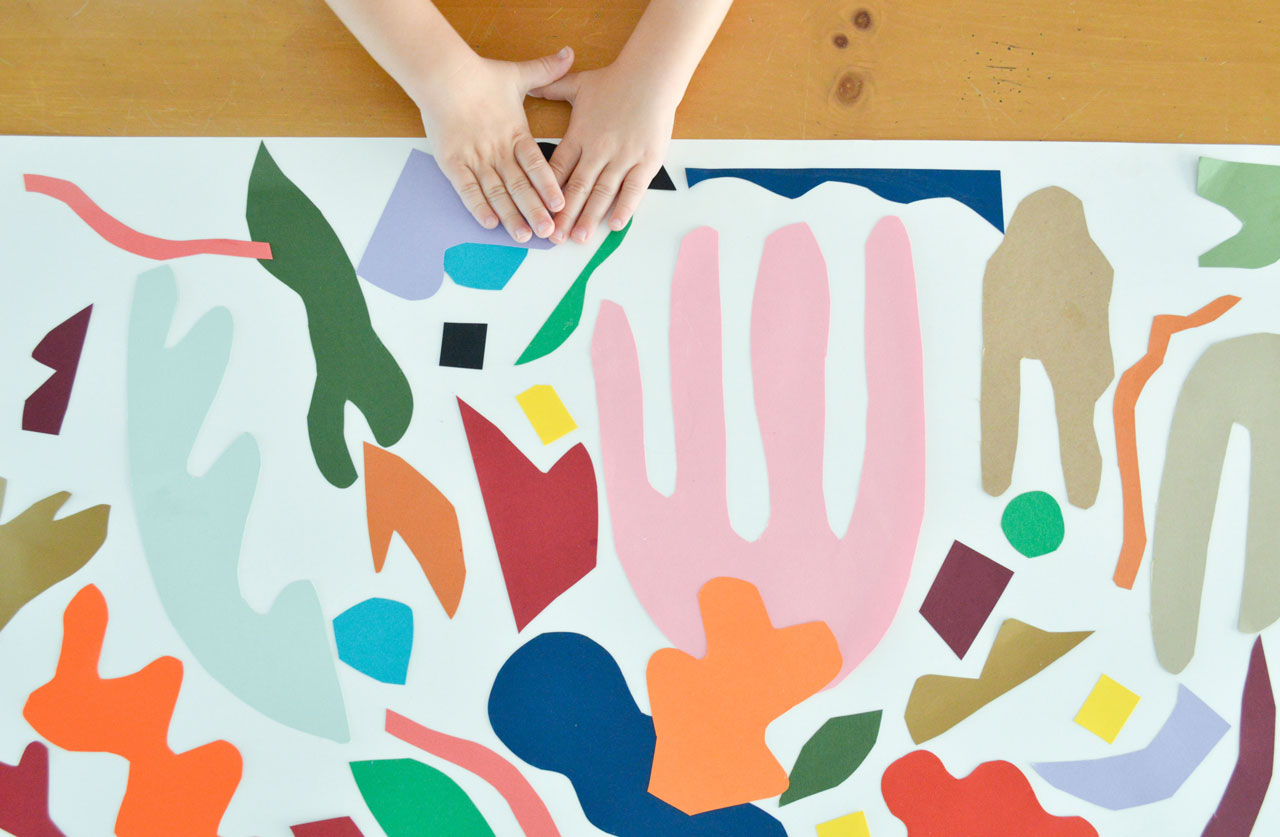
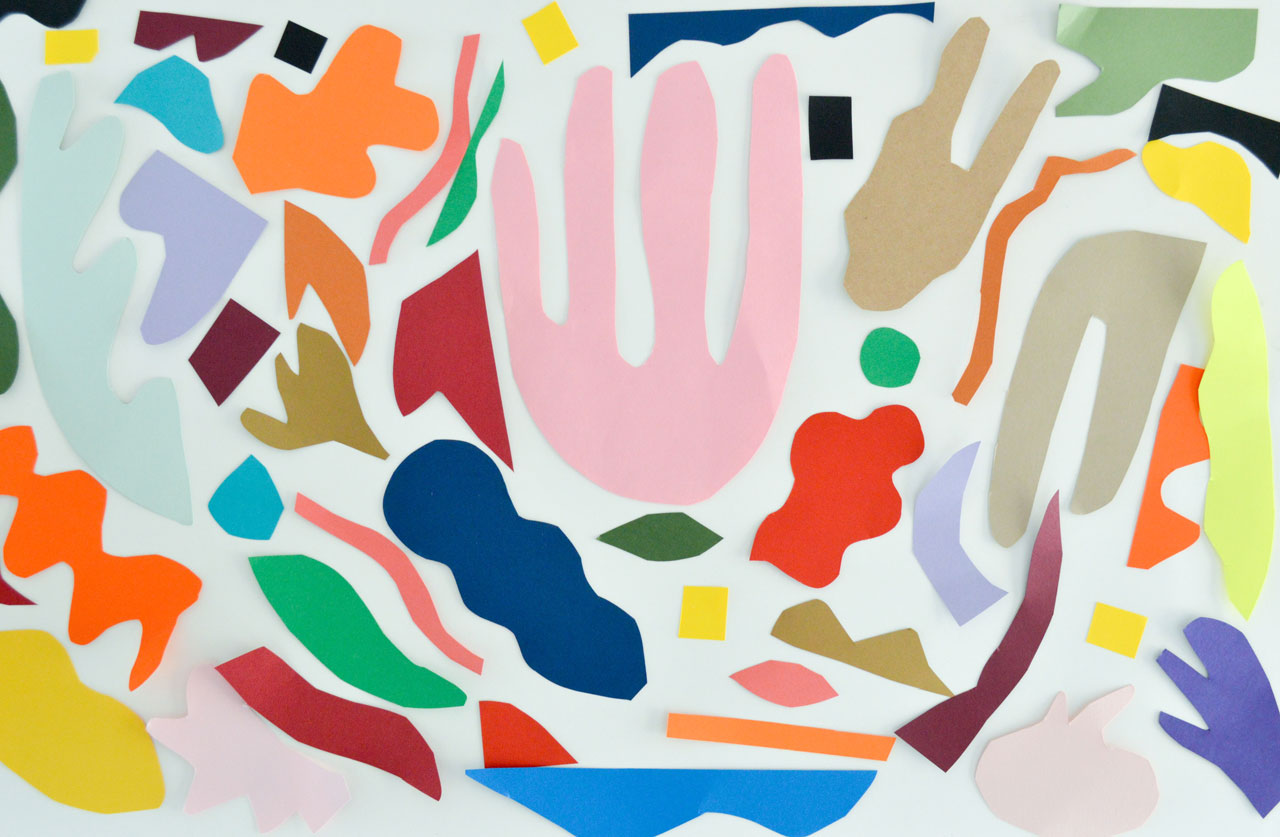
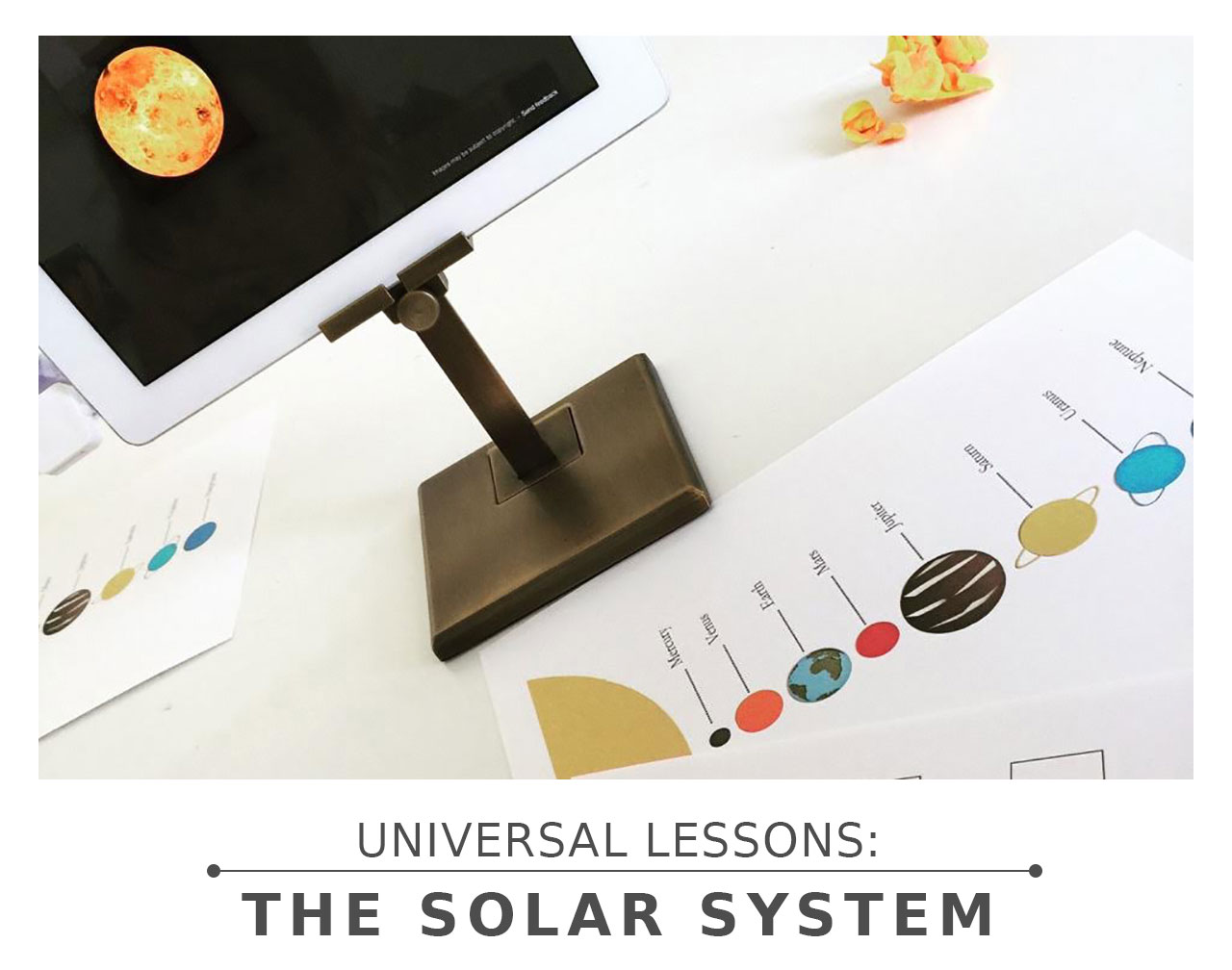
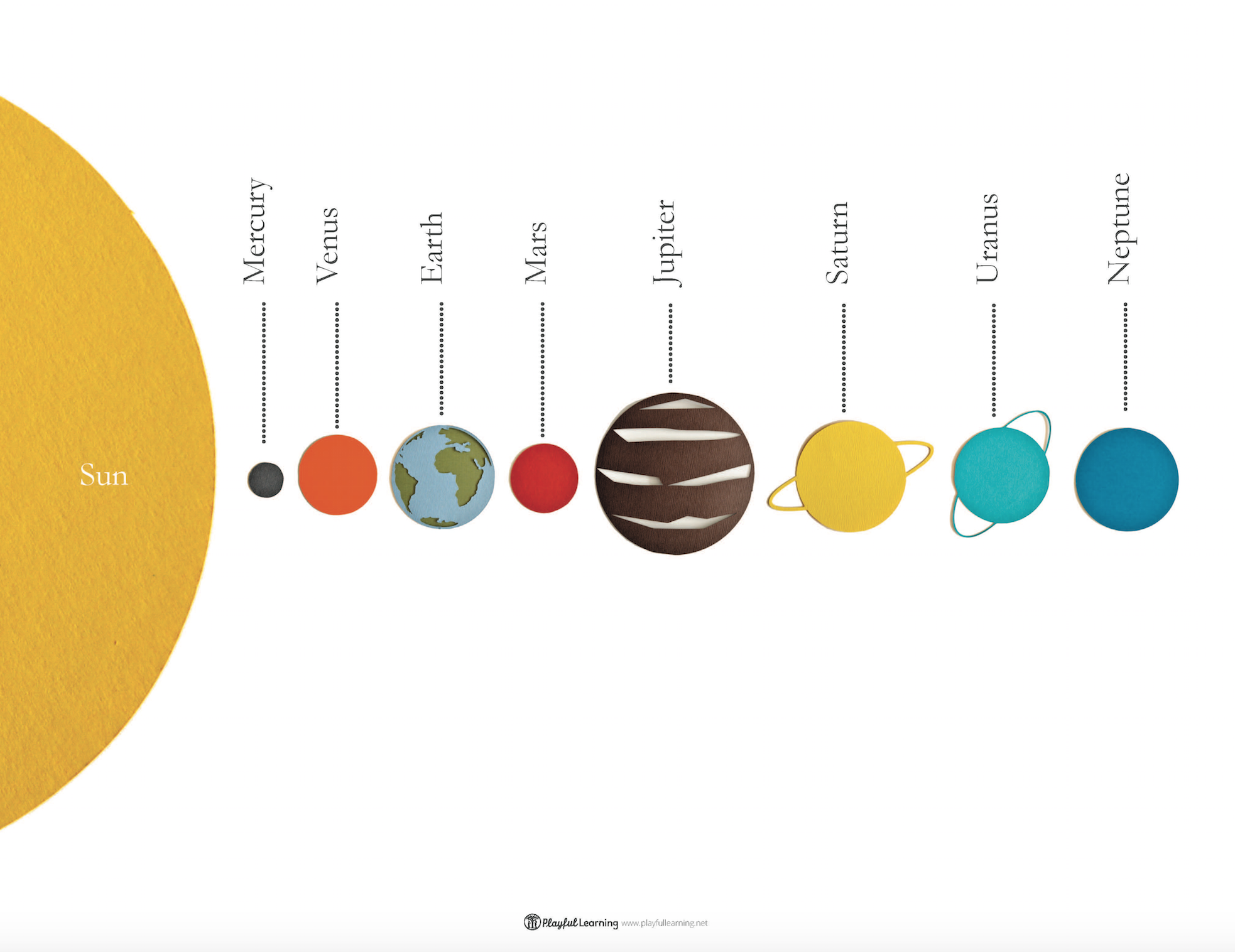

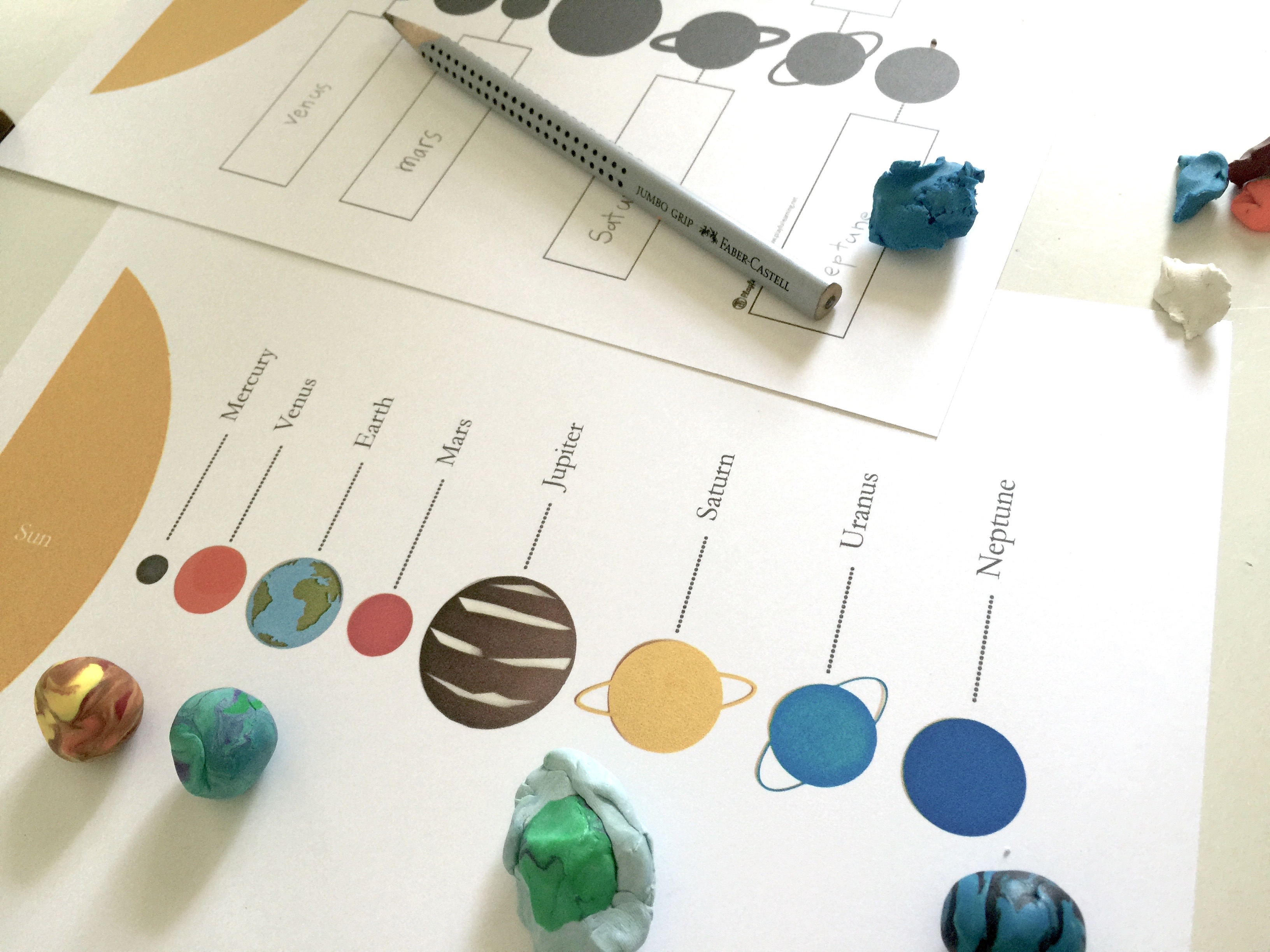

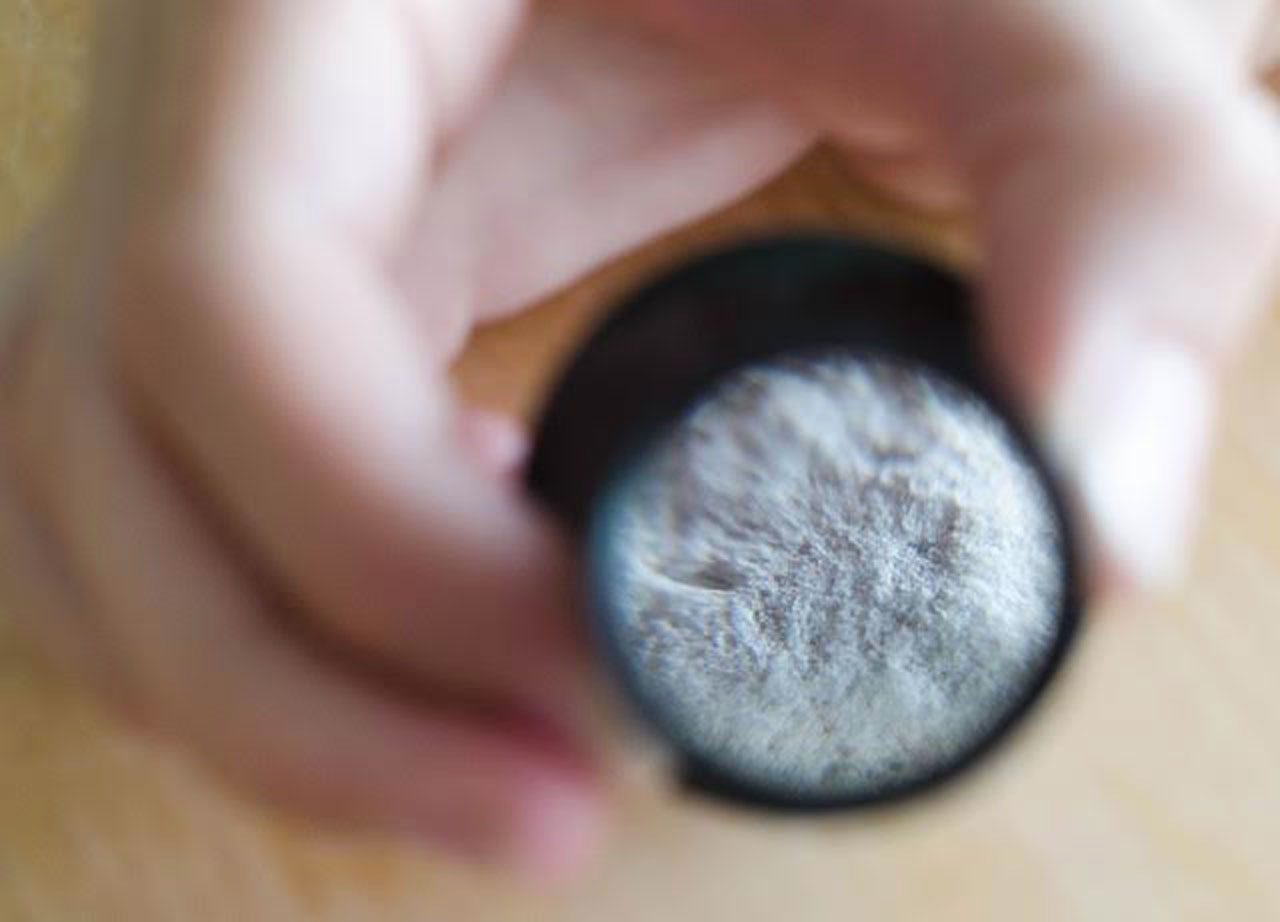

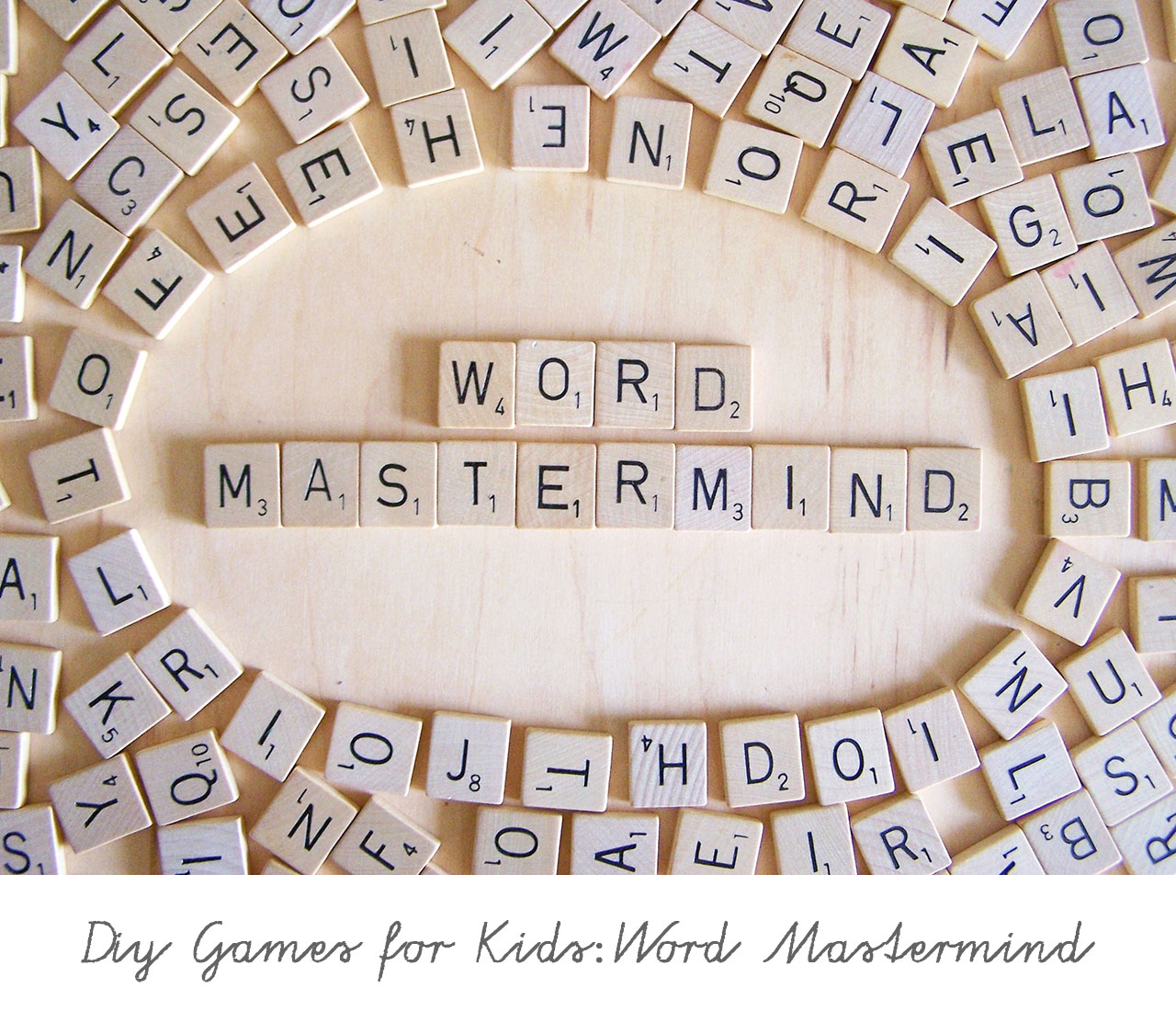 Do you have a Scrabble® game in your home? If so, put those letter tiles to use with this simple game.
Do you have a Scrabble® game in your home? If so, put those letter tiles to use with this simple game.
